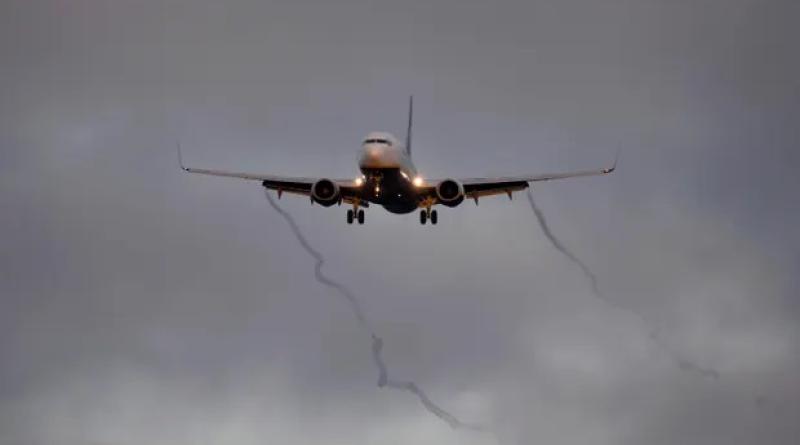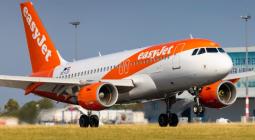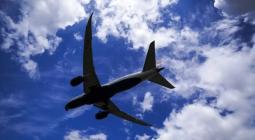Climate crisis leading to more turbulence during flights, says study

The climate crisis is leading to more turbulence during flights, driving up costs and increasing the risks for passengers and crew, according to new research.
The study found that warmer air, caused by carbon emissions, is creating bumpier flights around the world with severe turbulence in the North Atlantic up by 55% since 1979.
The study’s co-author Mark Prosser, from the University of Reading, said every additional minute spent travelling through turbulence increased the wear and tear on an aircraft, as well as the risk of injuries to passengers and flight attendants.
“Turbulence makes flights bumpy and can occasionally be dangerous. Airlines will need to start thinking about how they will manage the increased turbulence, as it costs the industry $150-500m annually in the USA alone.”
Previous studies have suggested that a climate that is heating up could increase turbulence but Prof Paul Williams, an atmospheric scientist at the University of Reading and co-author of the research, said it was the first evidence it was already happening.
“We should be investing in improved turbulence forecasting and detection systems, to prevent the rougher air from translating into bumpier flights in the coming decades,” he said.
The rapidly changing climate is already known to be affecting air travel. A faster jet stream across the Atlantic is increasing travel times and rising temperatures are reducing the weight aircraft can carry. At the same time carbon emissions from aviation are a significant driver of the climate crisis.
The study, published in the Geophysical Research Letters journal, found that at a typical point over the north Atlantic – one of the world’s busiest flight routes – the total annual duration of severe turbulence increased by 55% from 17.7 hours in 1979 to 27.4 hours in 2020. Moderate turbulence increased by 37% from 70.0 to 96.1 hours, and light turbulence increased by 17% from 466.5 to 546.8 hours.
The authors said that while the US and north Atlantic had experienced the largest increases, other busy flight routes over Europe, the Middle East and the south Atlantic also recorded significant increases in turbulence.Williams said: “Following a decade of research showing that climate change will increase clear-air turbulence in the future, we now have evidence suggesting that the increase has already begun.”
cover photo:Every additional minute spent travelling through turbulence increases wear and tear on an aircraft, say the researchers. Photograph: Avpics/Alamy






